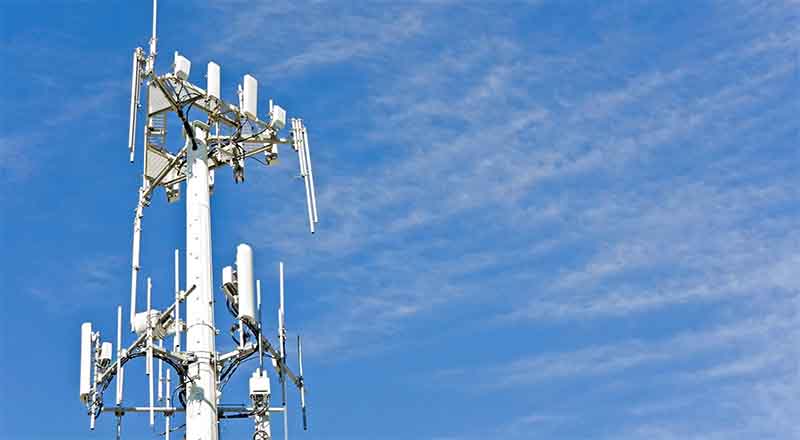Are usually safest distance from the 5G cell Tower system?

If you've ever wandered through a city, you may have seen tiny cell towers for 5G placed on poles for street lighting. They appear like tiny boxes however, they're actually transmitting wireless signals from mobile providers to your phone.
The smaller ones are being replaced by the larger, purpose-built cell towers. While they're less noticeable, they still can create problems for those who live nearby.
The FCC's Radiation Exposure Thresholds
The FCC's Radiation Exposure Thresholds establish the maximum amount of time a person can be exposed to electromagnetic energy generated by wireless devices. The exposure limits are based on scientific data that prove that electromagnetic energy can cause harm to health.
The rate of absorption called the specific absorption rate (SAR) is an indicator of the amount of radiofrequency energy that is absorption by tissues. It's typically 1.6 watts per kilogram, averaged over one Gram of tissue.
Since 5g is able to transmit at higher frequencies and has the potential to create more energy on the skin and other directly-exposed body areas. This could result in various possible harms, like the appearance of skin conditions like dermatitis, cataracts, and skin cancer.
Due to the possible negative effects of 5G radiation, PSU has chosen to set a general localized limits on power density, which is 4mW/cm2 based on the average on 1cm2, but not to exceed 30 minutes, for the entire 5G spectrum at 3000 GHz. This limit for localization is in line with the highest spatial-average SAR of 1.6 W/kg averaged over 1 grams of tissues at six GHz.
The FCC's Maximum Exposure Thresholds for Maximum Exposure
If you've ever used a cell phone, then you're aware that a safe distance from the tower should be at least 400 meters away. This is due to the power of transmission from the cell tower is significantly increased the farther your location from the tower.
Although this may sound like an ideal idea however, people who live close to towers might be more vulnerable to health issues. For instance, a 2014 study in India found that residents who lived within 50m of cell towers had much more health problems than those who were distance from them.
This study showed that residents who moved into areas farther away from the cell towers saw their symptoms return to normal within a couple of days. Other studies have revealed that exposure to high frequencies of radiofrequency electromagnetic fields (EMFs) could cause cancer, brain tumors as well as other health issues.
This is due to the fact that RF radiation, which is used in wireless communication, can penetrate the body's outer layer, the skin. It is vital to be aware of this since the skin functions as a barrier to protect against mechanical injury, infection caused by pathogenic microorganisms and the entry of harmful substances. 5g disadvantages is also the largest organ of the human body, and is accountable for keeping the integrity of the other organs.
The FCC's Minimum Exposure Thresholds
The FCC's Minimum Exposition Thresholds depend on numerous assumptions that are not supported by scientific evidence. These include the erroneous assumption that exposures of a short duration to RF radiation are safe due to minimal penetration into the body (i.e. thermal heating of tissue).

This assumption does not take into account the greater penetration of ELF elements of modulated radio signals, as well as the consequences on the body of short bursts generated by RF waves that are pulsed. These assumptions are not in line with current knowledge of the biological effects of RF radiation. Therefore they should not be considered for health protection exposure standards.
In addition, the ICNIRP and FCC limit their radiation limits for local peak SARs, based on the maximum frequency of absorption (psSAR), which can be described as an inadequate dosimetric tool to assess the amount of exposure to RF radiation. In particular it is inconclusive for frequencies that exceed 6 GHz. In addition, psSAR is not been evaluated for RF radiation with co-exposure to other environmental agents , such as sunlight. cell phone radiation effects on human body of RF radiations with different agents in the environment could produce synergistic or antagonistic effects. This can lead to an increased risk of negative health consequences. For example, co-exposure to RF radiation and sunlight could increase the risk of skin cancer and exacerbate other skin disorders, such as acne.
